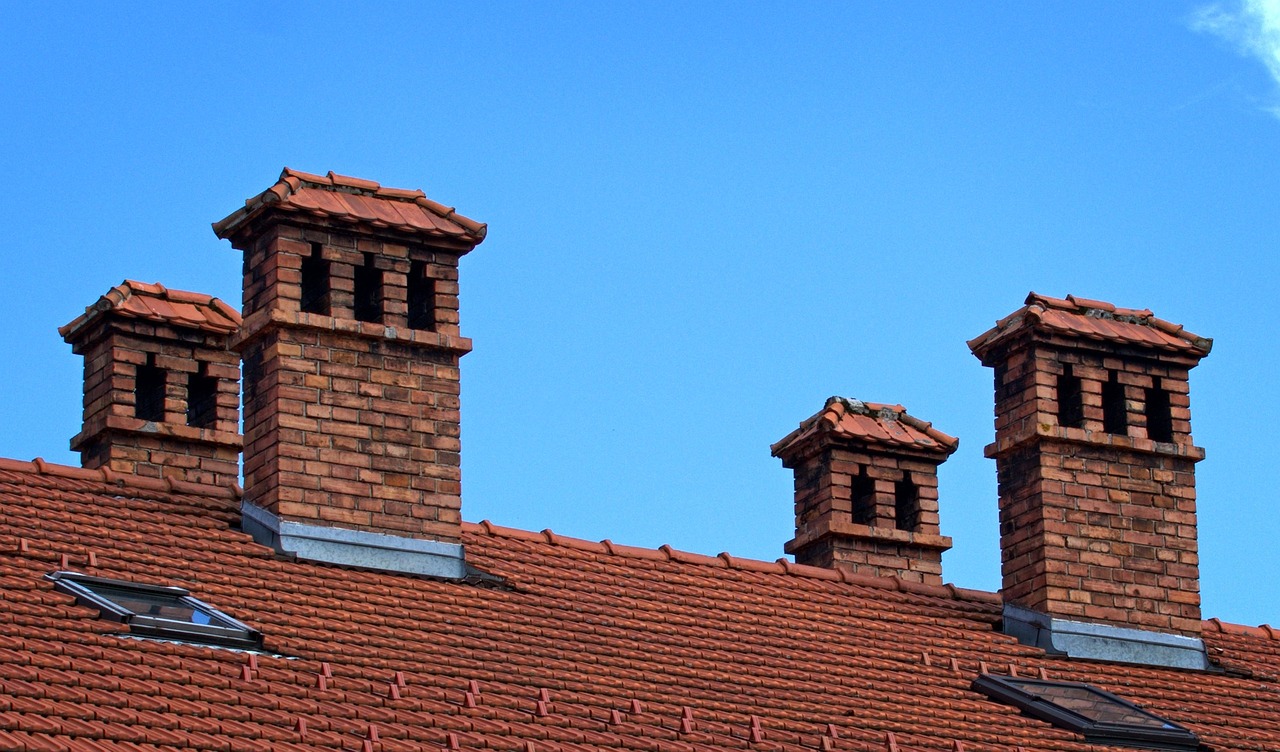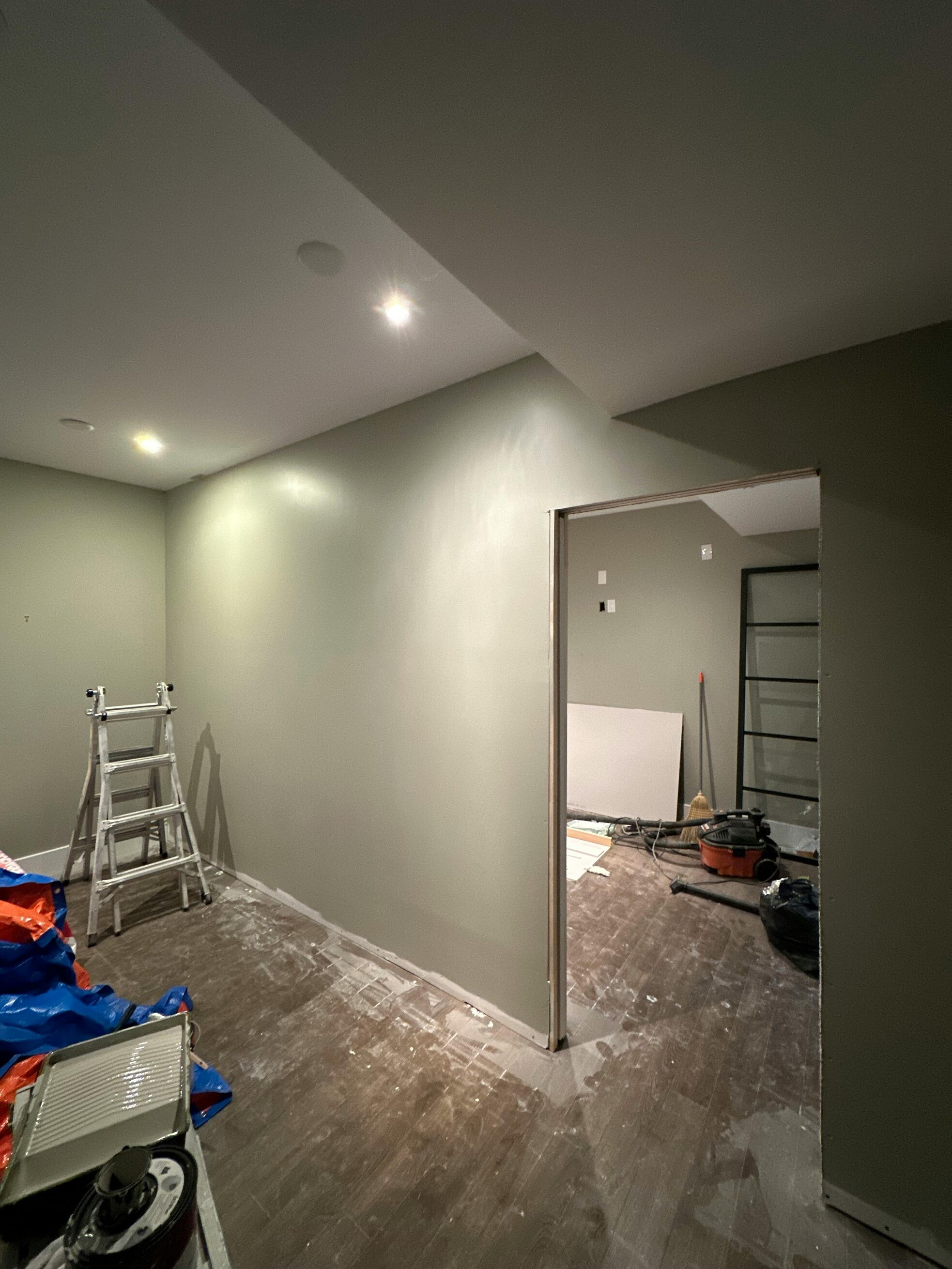
The Importance of Regular Chimney Inspections: Ensuring Safety and Efficiency
Introduction: Chimneys are often overlooked when it comes to home maintenance, yet they play a crucial role in safely venting smoke and fumes from fireplaces, stoves, and furnaces. Regular chimney inspections are essential to prevent hazards such as chimney fires, carbon monoxide buildup, and structural damage. In this article, we’ll explore the importance of routine chimney checks, what to look for, and how to maintain a safe and efficient chimney system.
1. Why Chimney Inspections Matter:
a. Fire Hazard Prevention: Over time, chimneys accumulate creosote—a flammable byproduct of burning wood or fossil fuels. If left unchecked, this buildup can ignite and cause dangerous chimney fires. Annual inspections help detect and remove creosote buildup, reducing the risk of a fire.
b. Carbon Monoxide Risks: Blockages in the chimney, such as animal nests or debris, can prevent proper ventilation, leading to the accumulation of harmful gases like carbon monoxide inside the home. Regular inspections ensure the chimney is clear and venting safely.
c. Structural Integrity: Weather, moisture, and aging can cause cracks in the chimney liner or masonry, leading to structural damage that compromises the chimney’s safety. Inspections help identify these issues early, preventing costly repairs and ensuring the chimney remains functional.
2. Types of Chimney Inspections:
a. Level 1 Inspection: A Level 1 inspection is a basic visual examination of the chimney’s interior and exterior, focusing on checking for creosote buildup, blockages, and obvious signs of damage. This type of inspection is recommended annually for chimneys that have no known issues and haven’t been altered.
b. Level 2 Inspection: A more thorough inspection, Level 2, includes video scanning of the chimney’s interior and is recommended if there has been a chimney fire, a significant weather event, or if changes have been made to the fireplace or heating system. This inspection ensures the chimney is free of hidden damage.
c. Level 3 Inspection: Level 3 is the most comprehensive inspection, often involving the removal of parts of the chimney or home to access hidden areas. This inspection is typically performed when serious issues are suspected or after significant damage, such as a chimney fire.
3. Common Chimney Issues Found During Inspections:
a. Creosote Buildup: Creosote accumulates in layers and can harden into a dangerous, highly flammable substance. Regular cleaning during inspections prevents excessive buildup and reduces the risk of chimney fires.
b. Cracked or Damaged Chimney Liner: The chimney liner protects the home’s interior from heat and dangerous gases. A cracked or damaged liner can allow heat to escape into combustible areas, posing a fire risk. Inspections help detect liner damage early on.
c. Masonry Damage: Bricks, mortar, and other parts of the chimney structure can deteriorate due to weather exposure, leading to leaks or instability. Timely repairs can prevent moisture from entering the home and avoid costly structural damage.
d. Blockages: Animal nests, leaves, and debris can block the chimney, reducing airflow and potentially causing dangerous fumes to enter the home. Inspectors ensure the chimney is clear of obstructions.
4. Maintaining a Safe Chimney:
a. Schedule Annual Inspections: Annual chimney inspections are essential for keeping your chimney in good condition. A professional chimney sweep will check for creosote buildup, blockages, and any structural damage, addressing issues before they become major problems.
b. Keep the Chimney Clean: Even with regular inspections, it’s important to have your chimney cleaned periodically, especially if you use it frequently. Cleaning prevents creosote accumulation and ensures proper ventilation.
c. Install a Chimney Cap: A chimney cap helps prevent debris, animals, and moisture from entering your chimney, reducing the risk of blockages and damage. It also prevents rain from entering and causing water damage to the interior.
5. Signs You Need a Chimney Inspection:
a. Smoke Entering Your Home: If smoke is backing up into your home, it’s a clear sign that something is blocking the chimney, and an inspection is needed to identify the cause.
b. Strong Odors: Musty or smoky odors coming from your fireplace may indicate creosote buildup or moisture problems. These should be addressed by a professional during an inspection.
c. Discolored Walls or Ceiling: Stains on the walls or ceiling near the chimney may signal a leak or moisture problem. Inspections can pinpoint the source of the issue and recommend repairs.
6. DIY Chimney Maintenance Tips:
a. Check for Visible Damage: Homeowners can perform a basic inspection of the chimney exterior, looking for cracked bricks, crumbling mortar, or signs of rust on the chimney cap.
b. Clean the Fireplace: Regularly clean the fireplace to remove ash and soot, and ensure there are no obstructions at the base of the chimney. This simple task helps prevent airflow issues.
Conclusion: Chimney inspections are an essential part of home maintenance, ensuring that your fireplace or heating system operates safely and efficiently. By scheduling regular inspections, addressing any issues early, and performing basic upkeep, you can enjoy the warmth and comfort of your fireplace without worrying about potential hazards. Don’t wait until problems arise—keep your chimney in top shape with proactive care and professional inspections.
Recent articles from Home Maintenance

Prevent Mold and Mildew: Tips for a Healthier Home
Mold and mildew are common household problems that can lead to health issues and damage your home. The key to preventing mold growth is controlling moisture, ensuring proper ventilation, and mai...

Aroma of Calm: 12 Plants That Can Help Manage Stress
Recent statistics indicate that many people are experiencing increased stress. In a time of complete uncertainty, when predicting what tomorrow will bring is impossible, many feel suspended. One...

6 Ways to Store Cables and Chargers / To Eliminate Clutter and Visual Noise
Gadgets have become an essential part of our lives, making the storage of their chargers more important than ever. Tangled wires create visual clutter, break, or get lost. Here are six ideas on ...